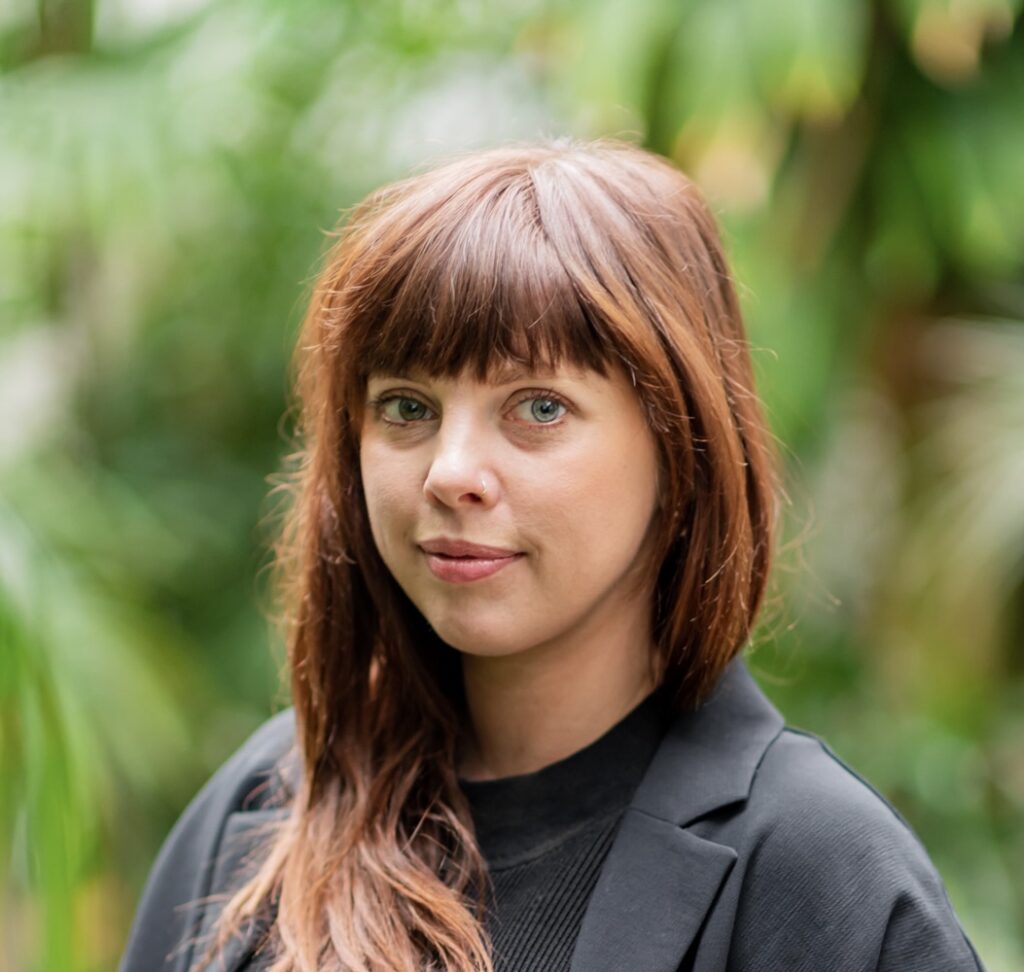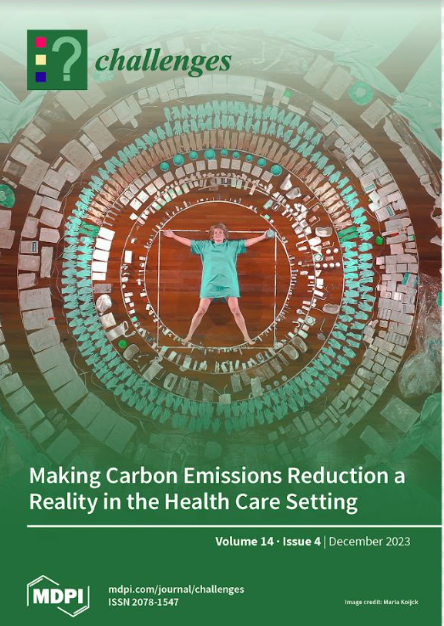Interviewee: Jo Bjorgaard, DNP, RN, PHN, CSSBB
Title: Senior Climate & Health Manager
Organization: Climate Advocacy Lab

Background and Project Overview
As the Pediatric Quality Improvement Consultant and Sustainability Lead at a large Midwestern academic health system, Jo Bjorgaard recognized a critical gap in the organization’s environmental accountability: no formal tracking of greenhouse gas (GHG) emissions existed across its 10 hospitals and 60 clinics. Determined to drive change, she spearheaded the development of the health system’s first comprehensive GHG inventory, measuring Scope 1 and 2 emissions to establish a baseline for improvement.
Jo’s approach was both methodical and innovative. She began by training staff on GHG accounting processes, ensuring they could confidently contribute to data collection and analysis. Leveraging her Lean Six Sigma Black Belt expertise, she conducted a rigorous measurement system analysis to verify data accuracy, identifying electrical consumption as the primary source of emissions. Her solution set was multifaceted, incorporating peak demand management, renewable energy integration, and LED lighting upgrades. To overcome financial barriers, she designed a phased implementation plan that reduced upfront costs from $500,000 to just $8,000, prioritizing high-impact, cost-saving measures first.
Collaborators: Building a Coalition for Change
Success hinged on collaboration across disciplines. Internally, Jo worked closely with executive leaders, including the Chief Quality Officer and VP of System Facilities, to align the project with organizational priorities. Frontline clinicians, particularly nurses and physicians, became unexpected but powerful advocates, helping to embed sustainability into daily operations. Externally, partnerships with utility program managers, solar energy experts, and state-level energy evaluators provided technical guidance and access to incentives that made the project financially viable.
Navigating Challenges: Persistence and Persuasion
The path to reducing emissions was not without obstacles. Early on, Jo encountered inconsistent and inaccurate data, requiring painstaking verification to ensure the inventory’s reliability. As a first-time GHG inventory developer, she embraced the learning curve, consulting best-practice guides and seeking mentorship to fill knowledge gaps. Perhaps the most formidable challenge was securing leadership buy-in. Faced with skepticism, Jo adopted a strategic communication approach, tailoring her pitch to resonate with different stakeholders. For finance-focused executives, she emphasized the $150,000 in annual savings; for clinicians, she highlighted the link between environmental sustainability and patient health. Her persistence paid off, transforming initial resistance into widespread support.

Results and Lasting Impact
Within a year, Jo’s initiative achieved a 21% reduction in GHG emissions, surpassing environmental goals while delivering significant cost savings. The project’s success was amplified by its publication as a cover story in a prominent academic journal, further validating the health system’s leadership in sustainability. Beyond metrics, the initiative sparked a cultural shift. Clinicians who had previously been disconnected from environmental issues became vocal advocates, urging the organization to institutionalize sustainability practices. This grassroots momentum led to the creation of system-wide infrastructure to support future projects, ensuring long-term impact.
Advice for Fellow Nurses: Start Where You Are
For nurses eager to launch similar initiatives, Jo offers practical wisdom. She advises beginning with a thorough assessment of the organizational landscape, identifying existing sustainability efforts and potential allies at all levels. Acknowledging that the work can feel daunting, she encourages nurses to embrace the learning process, leveraging the wealth of available resources—from best-practice guides to professional networks. Most importantly, she underscores the power of persistence: “Even if sustainability is new to your organization, your unique perspective as a nurse can bridge the gap between patient care and planetary health.”
Conclusion: A Blueprint for Transformative Leadership
Jo Bjorgaard’s project exemplifies how nurses can drive systemic change by combining clinical expertise with environmental stewardship. Her ability to navigate technical, financial, and cultural challenges offers a replicable model for healthcare sustainability. By centering collaboration, data-driven solutions, and strategic communication, she not only reduced emissions but also inspired a lasting movement within her institution.




